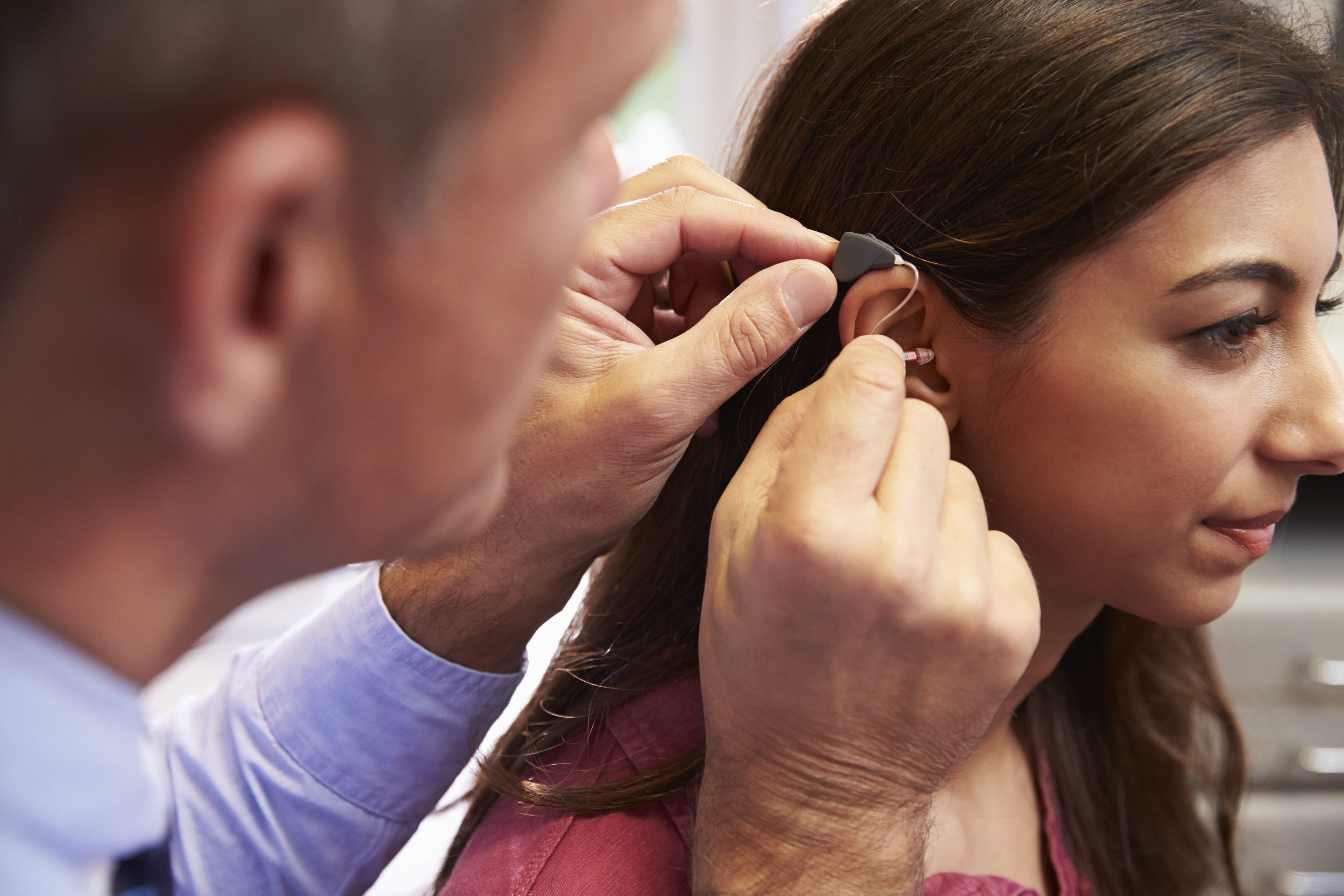Congratulations—you’re prepared to join the millions of Americans who have learned how wearing hearing aids can make life much more satisfying and rewarding. Shortly, you’ll be listening to sounds you’ve long forgotten about, participating in stimulating conversations, and listening to music with improved discernment for each instrument.
But before you can get to all that, you’ll have to proceed through a brief period of adjustment to get used to your new hearing aids. Here are five recommendations to to assist you to push through this stage and to help you get the maximum benefit out of your new technology.
1. Visit a Hearing Care Professional
If you desire to have the best hearing possible, there’s no avoiding the initial step, which is contacting a hearing care expert. They can assist you in finding the right hearing aid that corresponds with your hearing loss, lifestyle, and budget. And, most importantly, they can custom-fit and program your new hearing aid so that it’s optimized for your unique hearing loss.
Your hearing loss, like a fingerprint, is unique. As a result, every hearing aid should always be programmed differently—and this calls for the practical knowledge of a hearing care professional.
2. Be Patient with Your Hearing Aids
Your brand new hearing aids will take time to get used to. You’ll hear sounds you haven’t listened to in some time, your voice may sound different, and sound might all around just seem “off.” This is completely normal: you simply need time to adapt.
Start off by making a commitment to wear your hearing aids for as much of the day as possible, for at least a few weeks. Put them in when you wake up and take them out before going to bed. Even though it may be uncomfortable at first, you’ll adjust to better hearing in no time—and it will be well worth the hard work.
If you find that you’re having difficulties adjusting, schedule a visit with your hearing care professional. Hearing aids can be fine-tuned, so you never have to give up on better hearing.
3. Start Small at Home
We recommend adapting to your hearing aids to start with in the comfort of your home. Attempt watching a movie or TV show and paying specific attention to the conversation; take part in one-on-one conversations in a quiet space; and listen to music while trying to pick out different instruments and pitches.
Then, when you’re more accustomed, you can try your hearing aids out in more complex environments like at social gatherings, restaurants, and movie theaters. Modern hearing aids come with advanced features and environmental settings that can easily handle these heightened listening demands—which segues perfectly to the fourth tip.
4. Learn the Advanced Features
After you’ve adapted to your hearing aids, you should start to learn some of the more advanced features. With the help of your hearing specialist, you can discover how to make best use of the functionality and convenience of your modern hearing aids.
Depending on your particular model, you’ll be able to do things like wirelessly stream music and phone calls straight to your hearing aids, manipulate the volume from your mobile phone or digital watch, and easily change settings to optimize your hearing in different environments. Be sure to consult to your hearing specialist about all the features that may be beneficial to you.
5. Care For Your Hearing Aids
Finally, you’ll want to ensure that you maintain your hearing aids. This implies daily cleaning, appropriate storage, and managing your battery supply. Your hearing specialist will help you integrate hearing aid maintenance and care into your daily routine so that it becomes automatic and easy.
You’ll also want to get your hearing aids professionally cleaned and examined once or twice a year to ensure proper performance for years to come.
We’d love to hear from you: if you presently wear hearing aids, tell us about your experience! Let us know how you adjusted to your hearing aids and any recommendations you’d give to those just getting started.

